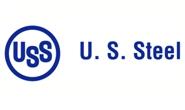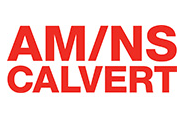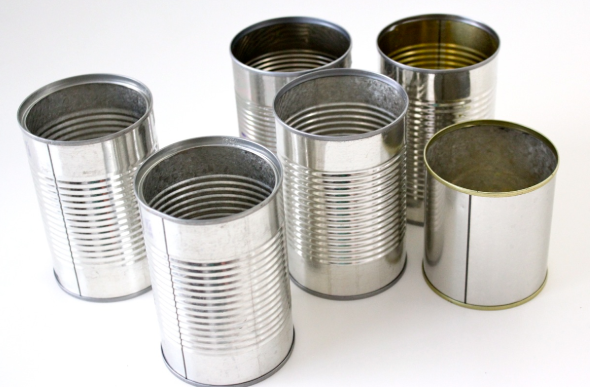Steel Mills

US Steel Losses Hinge on Imports, Pricing
Written by Sandy Williams
July 30, 2015
US Steel is expecting higher steel prices and shipments in the second half of 2015 helped by the recent trade case on cold rolled steel and an upcoming trade case on hot rolled steel.
The company reported a net loss of $261 million for second quarter which included a write down of $136 million on US Steel Canada and $10 million net loss related to non-cash restructuring and other charges. Net loss in Q1 2015 totaled $18 million.
Net sales were $2.9 billion, down from $3.27 billion in Q1. Steel shipments declined 23 percent 3.9 million tons. The flat rolled segment struggled against an influx of steel imports that hammered pricing, posting a loss of $64 million for the quarter on 2.7 million tons of shipments. Averaged realized flat rolled price was $695/ton in Q2.
Low rig count, depressed oil prices, and OCTG imports caused a loss of $66 million in US Steel’s tubular segment.
The European segment posted profit of $20 million, benefiting from lower raw material costs and improved pricing that was offset by lower shipments from maintenance outages. Second quarter profit decreased from $37 million in Q1.
Despite an operating capacity of 58 percent during the quarter, US Steel Carnegie Way cost savings resulted in an EBITDA of $20 million. An additional $250 million of Carnegie Way benefits were announced to bring the 2015 total to $590 million.
US Steel adjusted its EBITDA guidance for 2015 to a range between $700 million and $900 million. Improved pricing, lower supply chain inventories, short term cost savings, and Carnegie Way benefits are expected to bolster second half results along with an anticipated reduction in imports.
CEO Mario Longhi said the company is making good progress on the EAF project at Fairfield Works and anticipates start up in the second half of 2016. The blast furnace at Fairfield that was temporarily restarted in June will be idled again by mid-August.
“We continue to operate our facilities in line with our order book and are well-positioned to respond to our customer’s requirements,” said Longhi. He also noted that the “aggressive short term actions” that were taken in the second quarter to reduce costs will “most likely reverse as we eventually return to normal operating levels and bring our people back to work.” The company realized about $75 million in cost savings last quarter and expects to realize another $175 million in the second half of the year.
When asked during the conference call about the reduced staffing that will be required for an EAF versus a blast furnace, Longhi replied, “Well certainly there will be changes, and there is a very well structured process by which the approach is going to be taken and of course there is very clear conversation taking place with the union as this event unfolds.” Currently there are approximately 1,500 workers employed at Fairfield Works.
A new caster is being installed at Granite City that will be completed in August. Longhi says the order book will determine when the second blast furnace at that plant will be restarted.
No discussion with US Steel executives would be complete without commentary on imports and trade issues. As a leader for the industry in confronting unfair trade practices, Longhi praised the passage of the Trade Adjustment Assistance (TAA) bill. The language in the bill clarifies injury standards and allows injury to be determined even when a domestic industry is profitable. The ITC and Department of Commerce can now “analyze these conditions and identify that the certain levels of behavior will lead to significant injury and that will be reason enough for them to act and provide a proper response.”

Sandy Williams
Read more from Sandy WilliamsLatest in Steel Mills

Former JSW Steel USA CEO to join AM/NS Calvert
Steel industry veteran Mark Bush announced he will be joining AM/NS Calvert as area manager steelmaking.

U.S. Steel taking 45-day outage on Gary Works’ BF8
U.S. Steel’s No. 8 blast furnace (BF8) at its Gary Works in northwest Indiana is undergoing a 45-day maintenance outage that started on April 4.

USS shareholders vote in favor of Nippon merger
U.S. Steel Corp.’s impending sale to Japan’s Nippon Steel Corp. (NSC) has cleared one hurdle: USS stockholders voted overwhelmingly in favor of the nearly $15 billion merger.

SMU survey: Sheet lead times contract, plate pushes out
The market appears to be taking a pause after the heavy buying that occurred in March.

USW claims Nippon prioritizing Japanese ops in US tin mill trade case
The United Steelworkers (USW) union is calling out Nippon Steel for already prioritizing its Japanese operations at the expense of American workers despite forging ahead with its proposed plan to purchase U.S. Steel.
